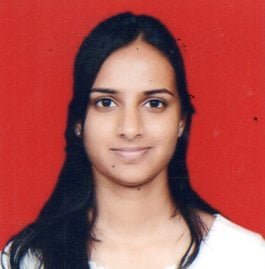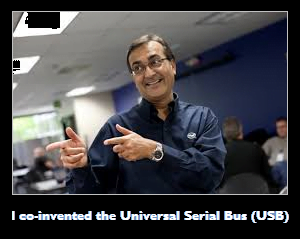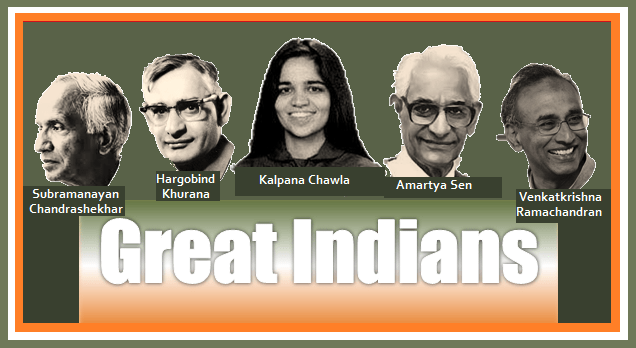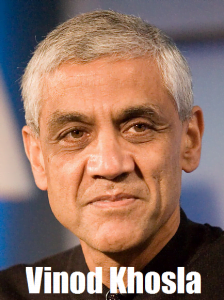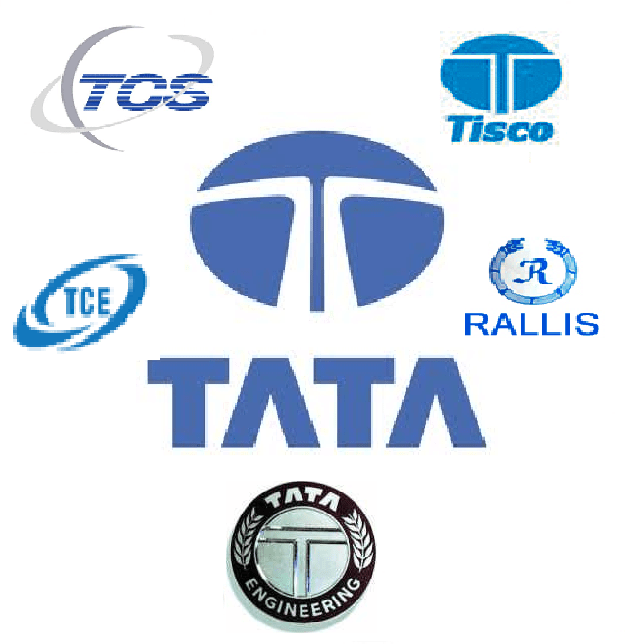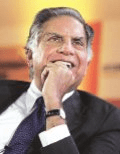In the US education is closely associated with philanthropy. Individuals do not own universities. The famous Carnegie-Mellon University is a case in point. Its governing council may have a couple of members who belong to founders’ families but the university is essentially managed by a Trust. Grateful alumni donate generously to their alma maters.
The US Government offers generous grants to universities. Deserving students get attractive scholarships from universities. Students are provided every possible opportunity to work as teaching and research assistants and take up campus jobs to earn so they can lighten their financial burden. American culture respects the dignity of labour. Working part time at a McDonald’s outlet is not looked down upon or considered below one’s dignity.
In India, the founders of educational institutions, which have mushroomed all over the country, are scarcely concerned about the quality of education they impart. They often find it difficult to appoint good teachers to their faculty. On the other hand, in the US, Nobel laureates are professors in universities. Therefore, it should hardly come as a surprise to any of us here when India lags woefully behind the US in research. In America every university is a centre of research.
Sadly, in our country, education and research are thought to be mutually exclusive. We seldom encounter researchers teaching at our universities. In the US, on the other hand, university professors are actively engaged in research Out there the course curriculum is revised every year to meet the ever-evolving requirements of industry and the job market.
Classrooms in the US are not crammed to capacity but have far fewer students, making it possible for professors to pay individual attention to every student. Each graduate student is assigned a professor as his or her graduate advisor, and the two actively collaborate to configure the course content of the student by selecting the most appropriate courses for that particular student. This method and approach is unique to the US. Is it any wonder, therefore, that our students entering the US educational system, realise for the first time that education can be enjoyable, and become genuinely interested in the process.
In India the student is evaluated almost entirely on the basis of his or her scores in examinations. In the US, on the other hand, evaluation is based on the level of the student’s subject knowledge. This has a direct bearing on the employability of students as job opportunities in the US are directly linked to the education or training they have had at university. The student automatically qualifies for a job if he has performed well academically.


